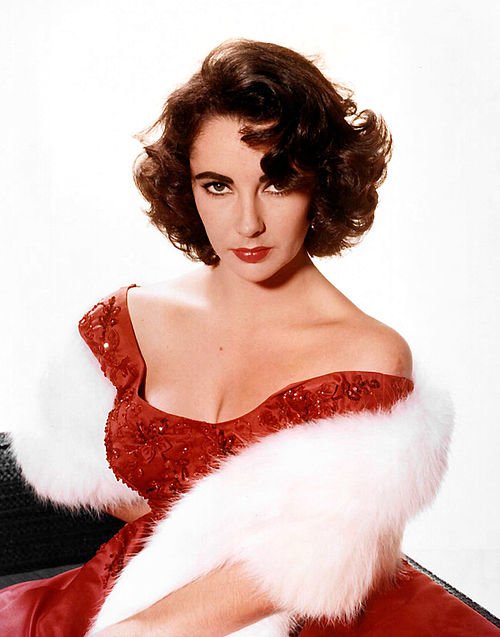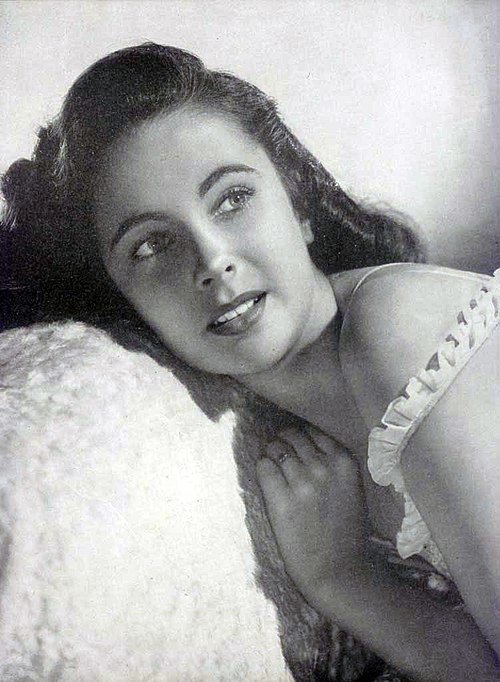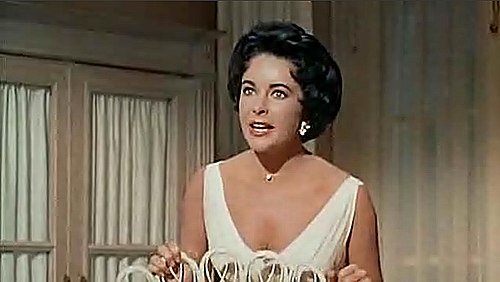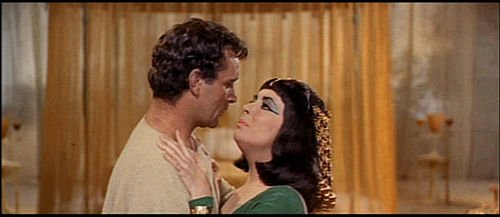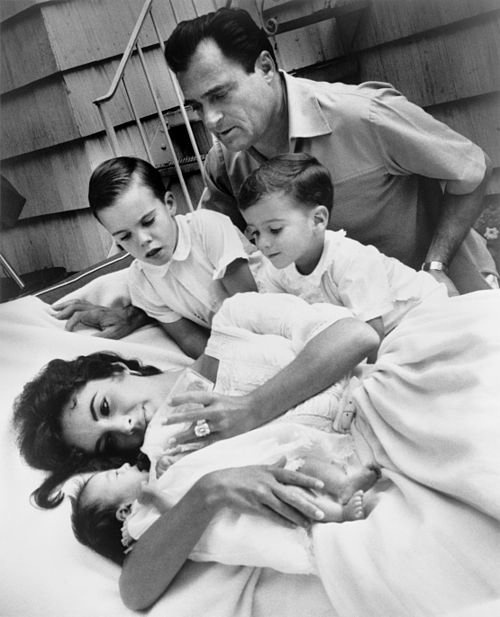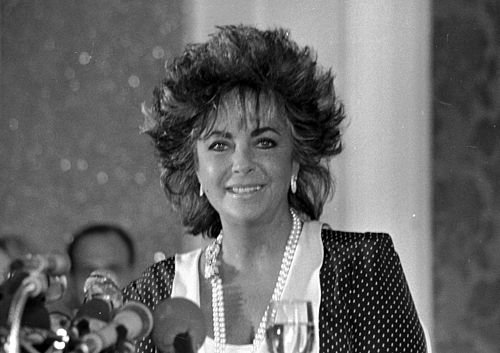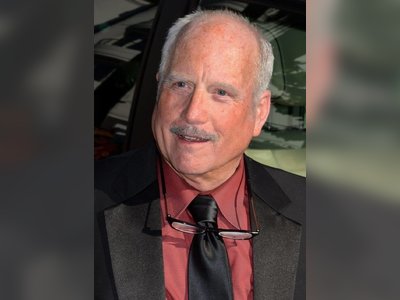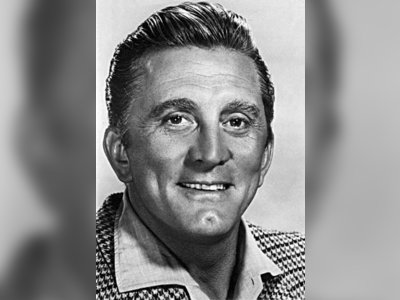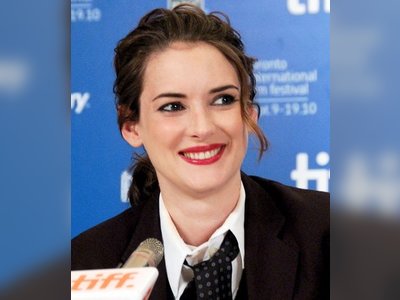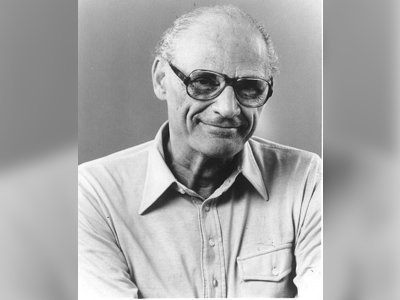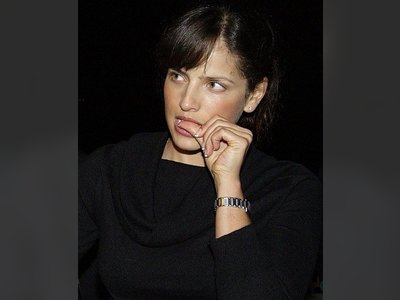Elizabeth Taylor: A Life of Beauty, Talent, and Turmoil
Dame Elizabeth Rosemond Taylor, born on February 27, 1932, and passing away on March 23, 2011, was a British-American-Jewish actress and a two-time Academy Award winner.
In her youth, she was considered one of the most beautiful women in the world, largely due to her unique eye color that resembled violet. Taylor was renowned for her glamorous lifestyle, numerous marriages to different husbands, the extravagant gifts given to her by her partners, and her ability to sell those gifts at a higher price when her relationships ended, often due to her affiliations with the gifts' donors. Her tumultuous relationship with one of her husbands, actor Richard Burton, and her friendship with Michael Jackson added to her reputation.
Elizabeth Taylor was born into a Christian family. Two of her husbands were Jewish (Eddie Fisher and Mike Todd), and she claimed that her Reform conversion was not just for their sake. She was known for her advocacy of Zionism and support for Jewish causes.
Childhood and Adolescence - A Hollywood Wonder Child
Elizabeth Taylor was born in the Hampstead neighborhood of London, England, to parents Francis Lenn Taylor and Sara Viola Warmbrodt, who were American expatriates living in Britain. Because of her parents, she held both British and American citizenship. On her father's side, Taylor was descended from English aristocracy and the Scottish royal family, as well as the Plantagenet dynasty.
Her parents hailed from Kansas City, Kansas. Her father was an art dealer, and her mother was a former actress who left the theater world to marry Taylor's father in 1926. At the age of three, Taylor began studying ballet. When World War II broke out, her parents decided to return to the United States to avoid getting caught up in the conflict, and the family settled in Los Angeles.
At the age of nine, Taylor made her debut in a film for Universal Pictures. However, Universal did not recognize her talent, leading her to sign a contract with MGM (Metro-Goldwyn-Mayer). MGM cast her in the lead role in the classic tearjerker "Lassie Come Home" (1943), marking her breakthrough in the film industry. Following several more films, she played her first leading role as "Velvet Brown," a girl who trains horses, in the movie "National Velvet" (1944).
The film was a massive success and secured Taylor a long-term contract with MGM. During this period, she appeared in a few sequels to "Lassie" and also starred in films like "Jane Eyre" (1943), "The White Cliffs of Dover," and hits like "Life with Father" (1947), "Julia Misbehaves" (1948), "Father of the Bride" (1950), in which she played Spencer Tracy's daughter, a role she reprised in the 1951 sequel "Father's Little Dividend," and "Little Women" (1949). In these films, Taylor portrayed positive, lovable, and sporty teenage characters.
In 1949, she starred in the film "The Conspirator" alongside Robert Taylor.
In 1950, Taylor completed her high school education and, in the same year, got married for the first time to Conrad Hilton Jr., the millionaire heir of Hilton Hotels. Their marriage lasted only a few months and became the first in a long line of unsuccessful and sometimes tragic marriages.
Mature Acting Career
From the 1950s onwards, Elizabeth Taylor was considered one of Hollywood's leading actresses, maintaining this status until the late 1960s. She won two Academy Awards for Best Actress during her career. Her first Oscar came in 1960 for her role in "Butterfield 8," in which she portrayed a high-society call girl navigating complicated love affairs, alongside her husband Eddie Fisher.
In 1966, Taylor won her second Oscar for her performance in "Who's Afraid of Virginia Woolf?," a drama exploring the tumultuous marriage of a troubled couple, co-starring her husband, the Welsh actor Richard Burton. Taylor was also nominated for Oscars in 1957 for "Raintree County," in 1958 for "Cat on a Hot Tin Roof," based on Tennessee Williams's play and co-starring Paul Newman, and in 1959 for "Suddenly, Last Summer," another adaptation of a Williams play in which she appeared alongside Katharine Hepburn and Montgomery Clift.
In addition to these films, Taylor starred in major Hollywood hits like "A Place in the Sun" (1951), "Giant" (1956), where she appeared alongside Rock Hudson and the legendary James Dean, who was in one of the three films he made during his lifetime.
Contrary to her on-screen image as a young girl and child, her mature film roles often dealt with "tough" subjects, such as failed marriages, repressed passions, and homosexuality. Her mature on-screen persona was that of a fiery, sensual, and seductive woman. Her tumultuous private life, marked by her affair with Eddie Fisher, who left his wife, Debbie Reynolds, for Taylor, only to be left by Taylor for Richard Burton shortly thereafter, contributed to this image and captured the public's attention, making headlines worldwide.
In 1963, Taylor became the highest-paid actress in Hollywood, receiving one million dollars for her role in the epic "Cleopatra." Her romance with Richard Burton, who played Mark Antony opposite her Cleopatra, was highly publicized, and their relationship drama was closely followed by the media.
Following "Cleopatra," Taylor appeared in "The Sandpiper" (1965) alongside Richard Burton and as "Martha" in "Who's Afraid of Virginia Woolf?" (1966). Her portrayal of "Martha" showcased Taylor's acting talent, as she depicted a volatile, complex, and ultimately broken woman deeply involved in a destructive relationship with her husband, played by Burton. Although this film earned Taylor her second Academy Award, it also marked a turning point in her career, as she struggled to find roles in major Hollywood productions after this success.
In the mid-1970s, Taylor's star power waned. She gained weight, her film appearances became infrequent, and the films she did appear in were not considered significant and did not earn her awards. Some of her final roles included a minor part as Fred's extravagant mother in "The Flintstones" and a controversial performance in "Giancana." Taylor also made occasional television appearances, including a guest spot on several episodes of "The Simpsons," voicing both herself and a cartoon version of her character. Additionally, she performed in the theater, finding success on Broadway in the 1970s.
Throughout her life, Taylor was married eight times to seven husbands:
1. Conrad Hilton (1950) – This marriage produced her first child, Michael Howard Wilding.
2. Michael Wilding (1952) – With Wilding, she had her second child, Christopher Edward Wilding.
3. Michael Todd (1957) – Taylor and Todd had one daughter together, Elizabeth Frances Todd.
4. Eddie Fisher (1959) – After marrying Fisher, Taylor adopted a daughter named Maria Burton.
5. Richard Burton (1964) – Taylor's relationship with Burton was the most publicized, marked by their two marriages and divorces, leading to her adopting the name Elizabeth Taylor Burton.
6. Richard Burton (again, 1975) – They remarried but divorced again in 1976.
7. John Warner (1976) – This marriage marked a move into politics, as Taylor became known for her social and political activism during this period. She and Warner divorced in 1982.
8. Larry Fortensky (1991) – Her eighth and final marriage was to construction worker Larry Fortensky, and they divorced in 1996.
Taylor's humanitarian efforts, particularly her activism for HIV/AIDS research and awareness, also played a significant role in her life. She co-founded the American Foundation for AIDS Research (amfAR) and later established the Elizabeth Taylor AIDS Foundation (ETAF). She used her fame and wealth to raise awareness and funds for AIDS research and treatment, becoming one of the most prominent advocates for the cause.
Later Life and Legacy
In her later years, Elizabeth Taylor faced various health issues, including heart problems and complications from a near-fatal bout with pneumonia. She underwent numerous surgeries throughout her life, often due to illnesses and injuries. Despite these health challenges, Taylor remained a symbol of Hollywood glamour and continued to receive awards and honors for her contributions to film and humanitarian work.
Elizabeth Taylor passed away on March 23, 2011, in Los Angeles, California, at the age of 79, due to congestive heart failure. Her death marked the end of an era in Hollywood, and she was mourned by fans, fellow actors, and the global community.
Taylor's legacy endures not only through her remarkable film career but also through her tireless advocacy for HIV/AIDS research and her impact on the world of fashion and beauty. She left a lasting imprint on the entertainment industry, and her contributions to humanitarian causes continue to inspire others to make a positive difference in the world.
- אליזבת טיילורhe.wikipedia.org

